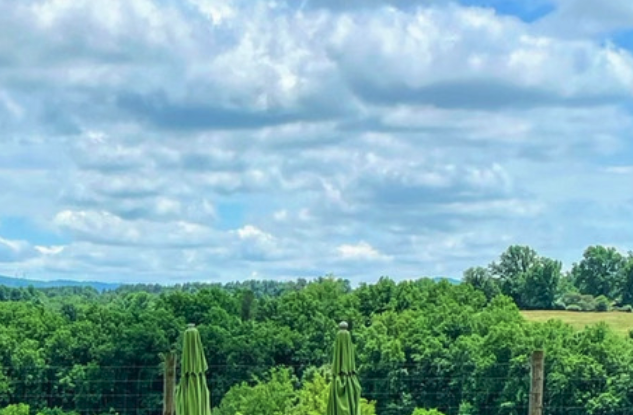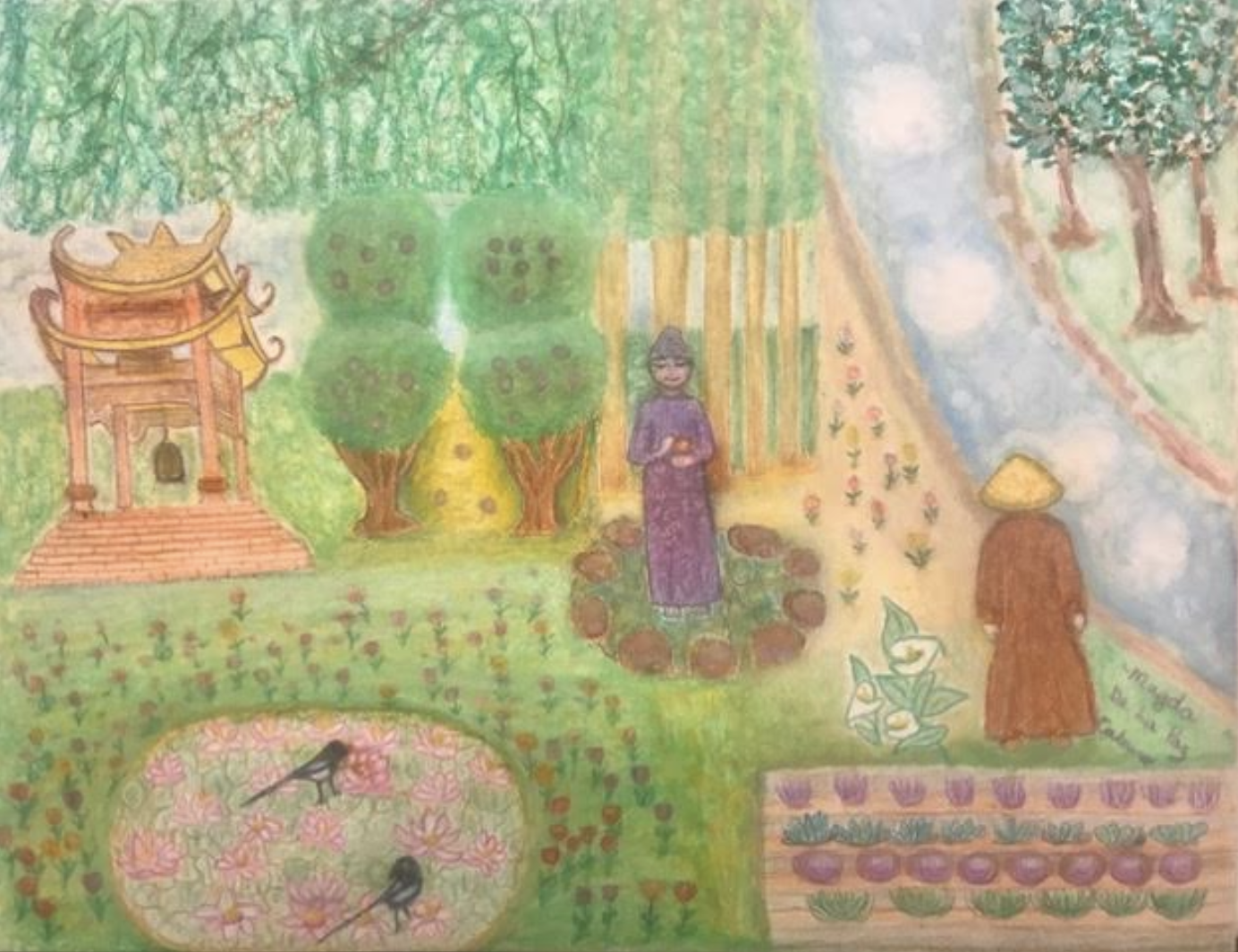Dear friends,
This week, we will meet Monday evening, November 24, from 7-8:30PM ET online; Wednesday morning, November 26, from 7-8AM ET in person at our meditation space (3812 Northampton Street NW); and Friday, November 28, 12-1PM ET online.
On Monday, as we continue our celebration of Native American Day, Magda will guide us in exploring Thich Nhat Hanh’s teachings on reverence for our ancestors. She will share reflections on the gifts of wisdom and healing offered by three more Indigenous traditions.
This week, Magda will honor the Navajo, Apache, and Lakota peoples—especially the women she has encountered throughout her life and deeply admires.
Please wear comfortable clothing, as Magda will also guide us in an Earth Touching Ceremony.
The Navajo
“With beauty before me, I walk.
With beauty behind me, I walk.
With beauty below me, I walk.
With beauty above me, I walk.
With beauty all around me, I walk.”
Prayer of the Navajo
The Navajo (Diné) people hold a vast treasury of spiritual, artistic, and ecological wisdom. Their gifts arise from the principle of Hózhó—living in beauty and in balance with all beings. To walk in Hózhó is to live with awareness that every thought, word, and action affects the harmony of life. This worldview is reflected in such practices as the Blessing Way Ceremony, in which prayer, song, and sand painting restore balance between humanity and nature, reminding us that healing is both communal and spiritual.

























